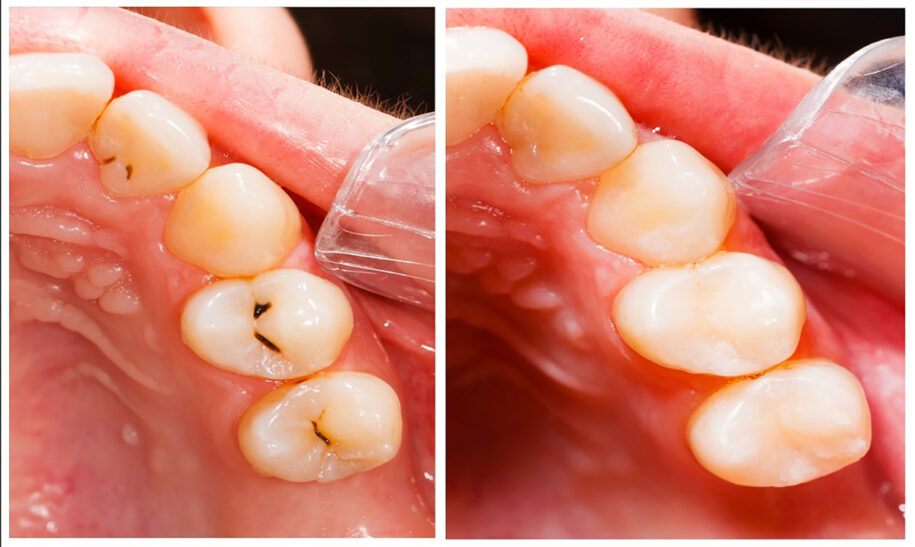
5 Warning Signs Of A Heart Attack All Women Should Know!
Heart attacks are terrifying and with all of the processed foods were being fed, they’re also on the rise. A heart attack doesn’t always start out with chest pain, and symptoms can differ from men to women.
In today’s society CEO’s and big companies rule everything on the planet – including our food. Thus, they are always trying to save a dollar or two, and it’s always at the expense of your health, my health, and our kid’s health. Because of this, heart attacks and other cardiovascular diseases are on the rise. In fact, heart disease is the number one killer in the United States. Although heart attacks are more common in men, women, of course, have them too; and they even have different symptoms.
Cardiovascular disease and stroke are responsible for 1 of every 3 women’s deaths. Each year cardiovascular disease kills an estimated 44 million women in the United States – that’s one woman having a heart attack every 80 seconds.
One of the most associated symptoms with a heart attack is chest pain. It is typically described as a squeezing and pulling pain inside the chest cavity. This is commonly followed by the numbness and tingling in one or both of your arms. Many people even think they had the flu when their heart issues arisen.
“Although men and women can experience chest pressure that feels like an elephant sitting across the chest, women can experience a heart attack without chest pressure, ” said Nieca Goldberg, M.D., medical director of the Joan H. Tisch Center for Women’s Health at NYU’s Langone Medical Center and an American Heart Association volunteer. “Instead they may experience shortness of breath, pressure or pain in the lower chest or upper abdomen, dizziness, lightheadedness or fainting, upper back pressure or extreme fatigue.”
Other Symptoms Typically Associated with Female Heart Attacks
- Uncomfortable pressure, squeezing, fullness or pain in the center of your chest. It lasts more than a few minutes, or goes away and comes back.
- Pain or discomfort in one or both arms, the back, neck, jaw or stomach.
- Shortness of breath with or without chest discomfort.
- Other signs such as breaking out in a cold sweat, nausea or lightheadedness.
As with men, women’s most common heart attack symptom is chest pain or discomfort. But women are somewhat more likely than men to experience some of the other common symptoms, particularly shortness of breath, nausea/vomiting and back or jaw pain.















